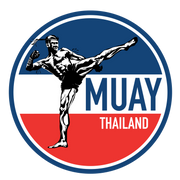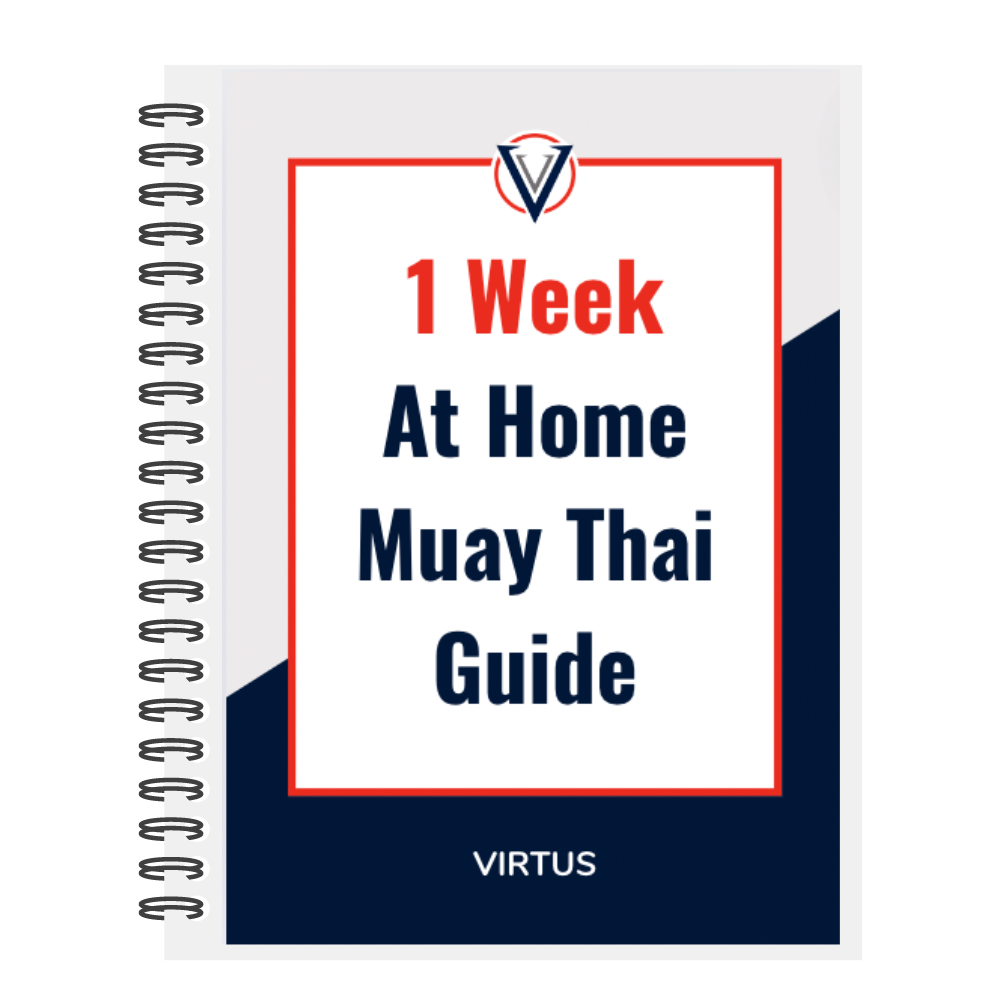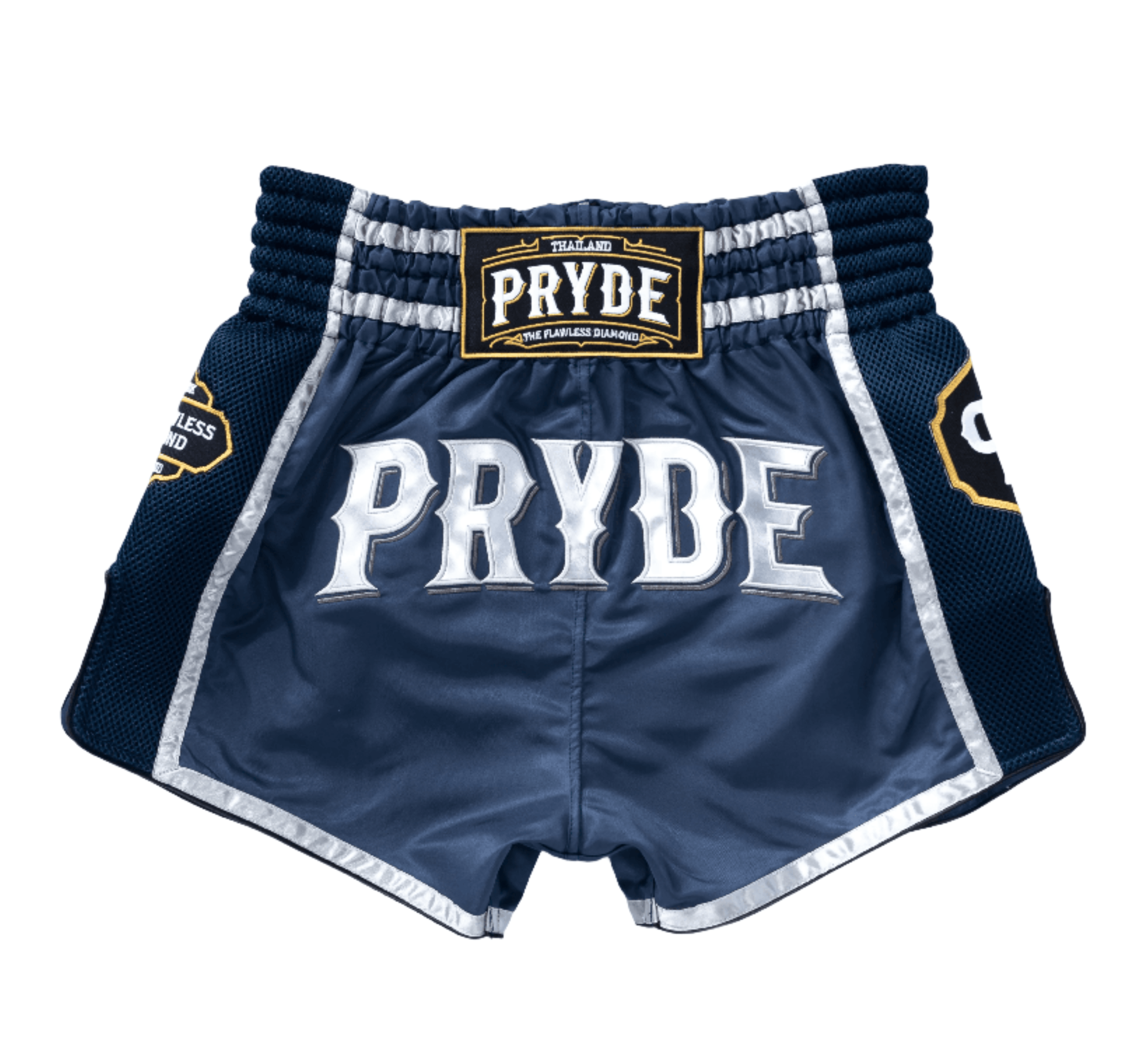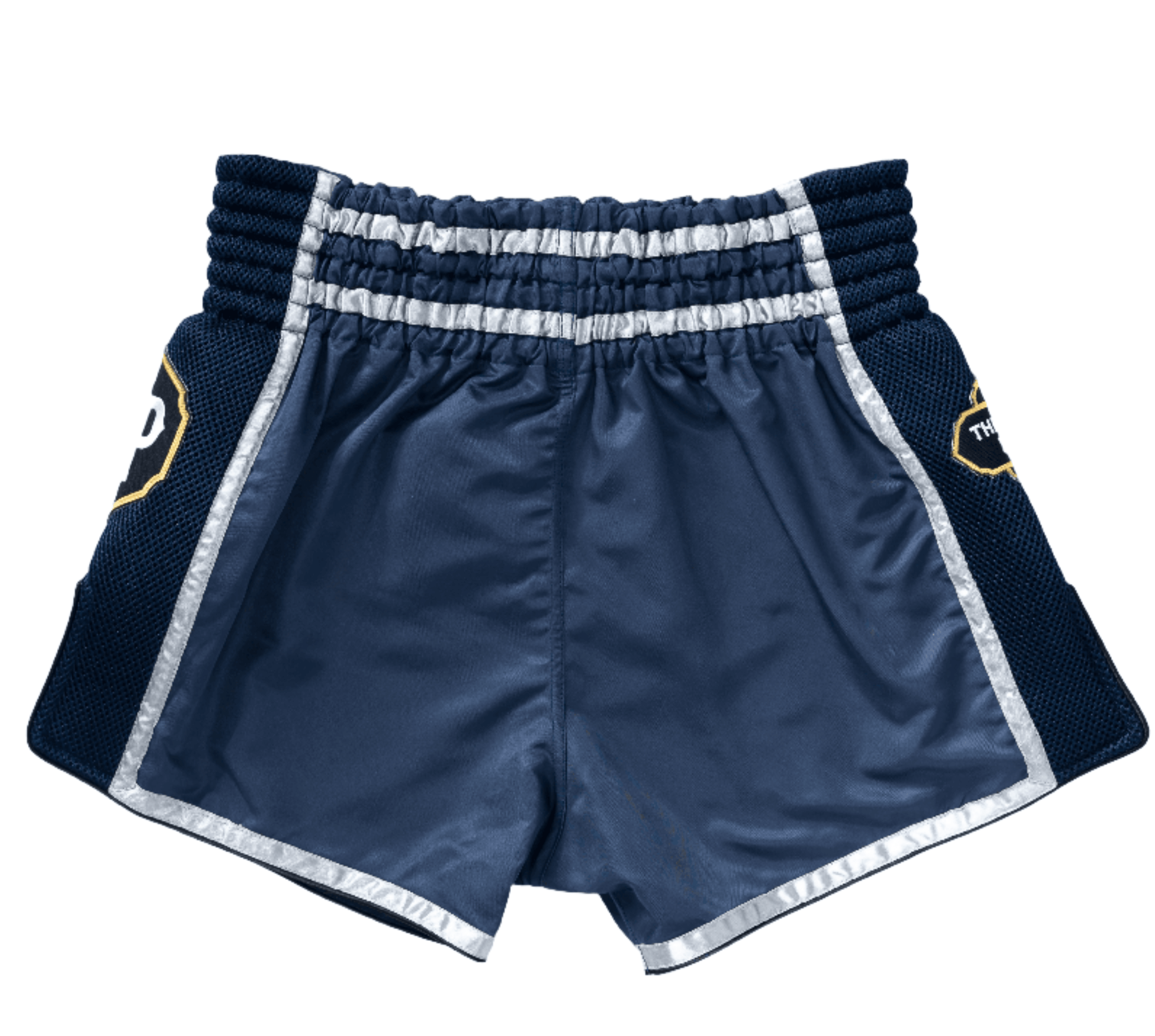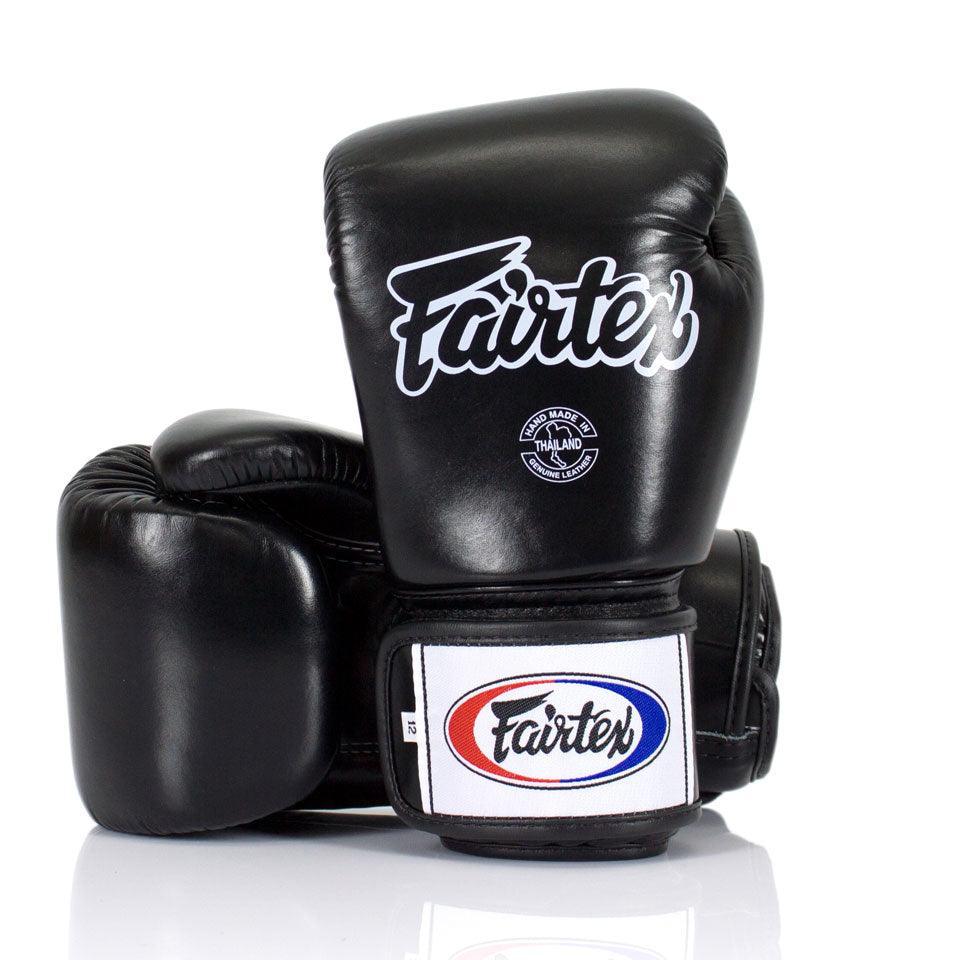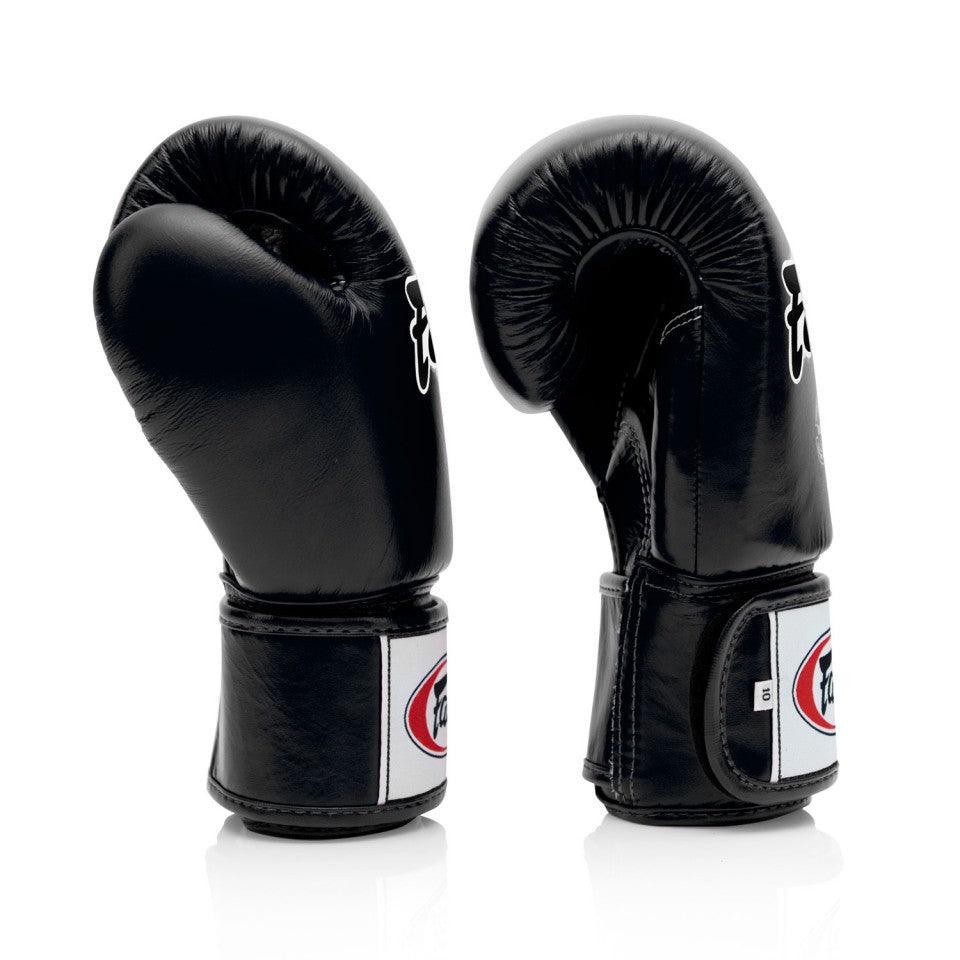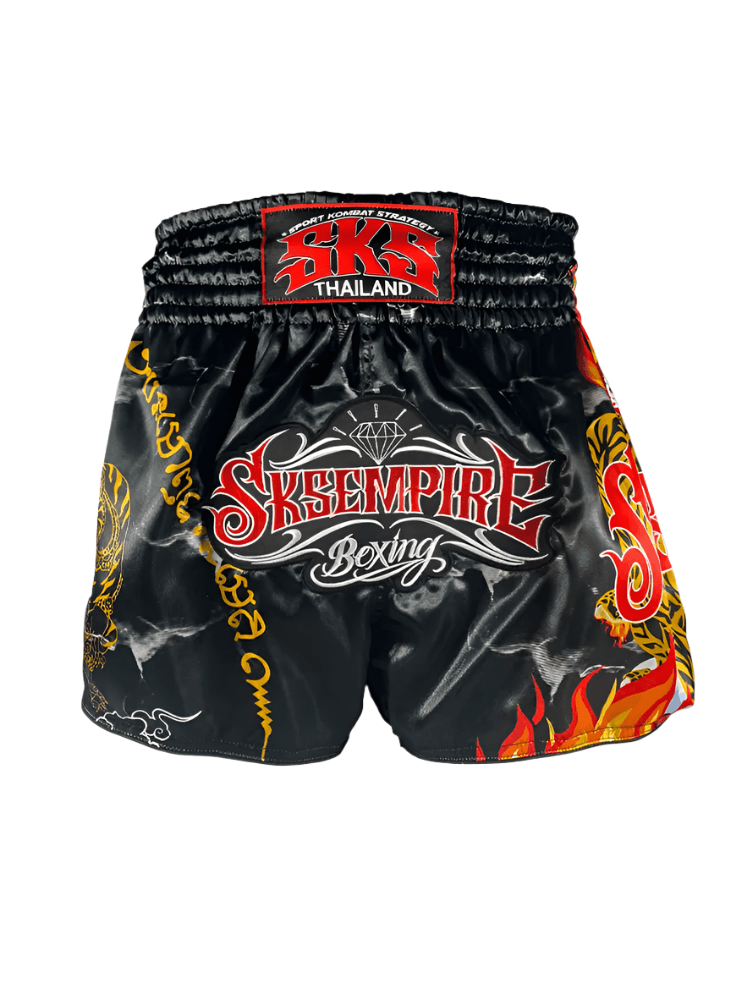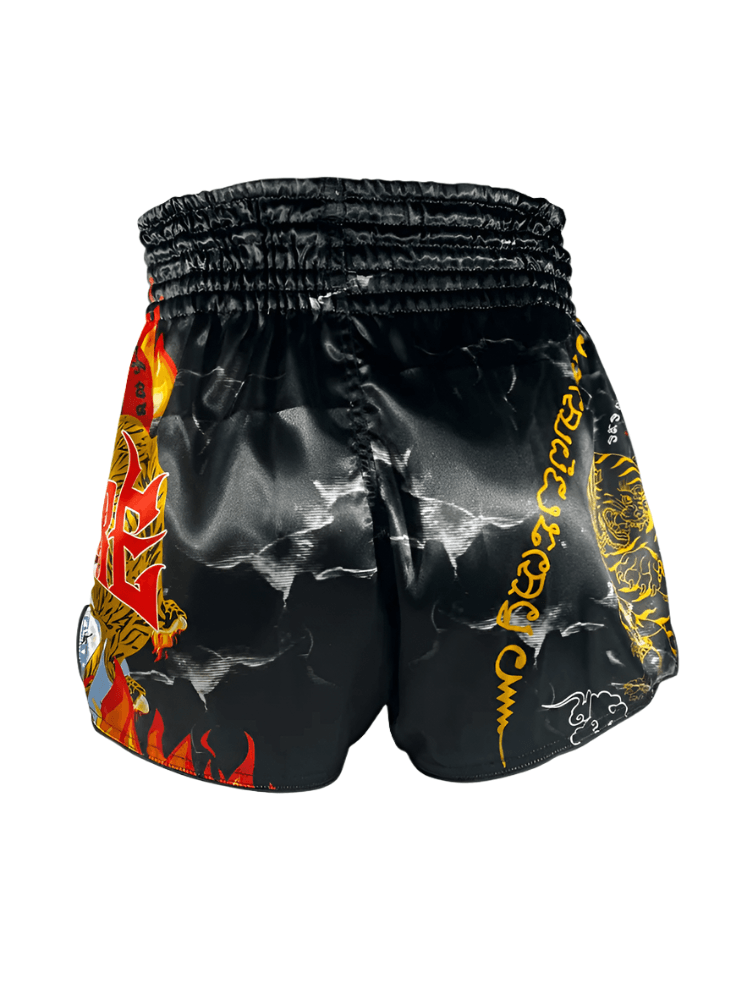Throw strikes at their intended targets
Drill-work is like simulated sparring, yet slower, more tit-for-tat and less power focused. As such, it is important that you throw your strikes and defend just as you should do when sparring (and fighting). That is, at their intended target and at the right angle.
So, if you are practicing a jab, cross, hook, low-kick combination ensure your straight punches are aimed at the face, the hook at the side of the head/jaw and the low-kick at the thigh or calf. It is your partner's responsibility to properly defend. This is a great way to train for accuracy and realism, preparing you for more advanced training activities like sparring. Do not aim besides or around those targets as this does not benefit you or your partner. By doing so, you are confusing your sense of direction when striking and, for your partner, you are impeding their opportunity to block and build their defence. Accuracy and realism are best for both partners and are needed to develop offensive and defensive skills.
Think accuracy and technique, not power (at first)
Unlike pad and bag work, drill-work provides the opportunity to work your strikes & techniques directly on a partner’s body, with little protection on both you and them. This helps build conditioning, gauge range, and identify how people (and yourself) react to strikes. Therefore, there are some nuances you can learn and develop which you may not being able to when working the pads and bag.
As such, work on your accuracy and proper technique rather than power when training with a partner. This is important for several reasons, not least the already raised point – if you work on your accuracy and technique while doing drill work, that translates more directly into good execution when sparring and fighting. The same goes for your training partner. You want them throwing accurate, realistic strikes at you so you can work on your guard and defensive techniques. This means you should keep your power down when doing so. That said, once confident with your accuracy and technique, drill work proves to be a great opportunity for training partners to build conditioning by striking one another with high power, in a measured, controlled format – as opposed to sparring where someone could get overwhelmed. You often see this in Dutch-style kickboxing gyms.
Measure your pace
As mentioned above, drill work is your opportunity to develop skill and accuracy. As such, you need to measure your pace and ensure you have the execution honed at a slow pace before you try to throw strikes and techniques as fast as possible. You need the technical foundations for any strike/technique in place before you can scale up the speed (and power). That is not to say you should not go quick, just do so once comfortable and confident that what you are doing is correct. Furthermore, ensure that your partner is confident in their defence before upping the speed and making it more difficult for them to defend.
Vary your partners
When it comes to pad-work, it’s best to stick with people who can guide you, understand your abilities and employ the necessary pad-work you need to improve your skills (rather than just work your cardio). In some instances, this means working with people that are the same ability as you, although there’s definitely benefit in working pads with more experienced people, although they will likely work with the other more experienced students. When it comes to drill-work, this is often the same case, however, there is more incentive for people to vary partners as they can try their techniques and drills against partners of all different shapes, sizes, stances and speeds.
It is exposure to this type of variety that helps diverse your skills and hone them too. Therefore, try change partners between rounds when undertaking drill-work (coach permitting). Not only will you challenge yourself, but you’ll expose yourself to the variety and different abilities you need to enhance your skills – whatever your level. This also allows you to learn from your mistakes and improve for next time.
Focus on defence & offense
This builds on the points above but is worth emphasising. When you are striking focus on accurate, measured offense with a strong guard that mitigates counterattacks. When defending strikes, focus on employing a rock-solid guard (and/or elusive) with timely checks, while thinking about openings and counter-attack options.
Don’t get lazy and neglect one or the other because you want to focus on either your offense or defence. Your partner needs you engaged and focused to maximise their training, and you need the same of them too.

What are the best drills to enhance footwork in Muay Thai?
To enhance footwork in Muay Thai, drills like ladder drills, cone drills, shadow boxing focusing on movement, and specific drills emphasizing pivoting and angles are highly effective. These drills not only improve agility but also help in developing better balance and control during fights. To enhance footwork in Muay Thai, incorporating a variety of drills into your training routine is key. Ladder drills can improve quickness and coordination, while cone drills help with agility and directional changes. Shadowboxing focusing on movement can also sharpen your footwork precision.
In addition, specific drills emphasizing pivoting and angles are crucial for mastering the art of fluid footwork in the ring. By consistently practicing these footwork-enhancing drills, you'll not only improve your overall mobility but also elevate your performance during fights. Remember, solid footwork is the foundation of a strong Muay Thai game.
Benefits of drill-work
Engaging in specific drills like the ones we mention above can enhance reaction time and coordination in Muay Thai. These drills focus on sharpening your responses to opponent’s attacks and improving your overall movement efficiency. By repeatedly practicing these drills, you build muscle memory to react swiftly and accurately during sparring sessions. Incorporating footwork drills and combination drills also aids in developing seamless transitions between defensive and offensive maneuvers. Through consistent training with varied drill types, you can effectively elevate your reaction speed and coordination skills in Muay Thai.
